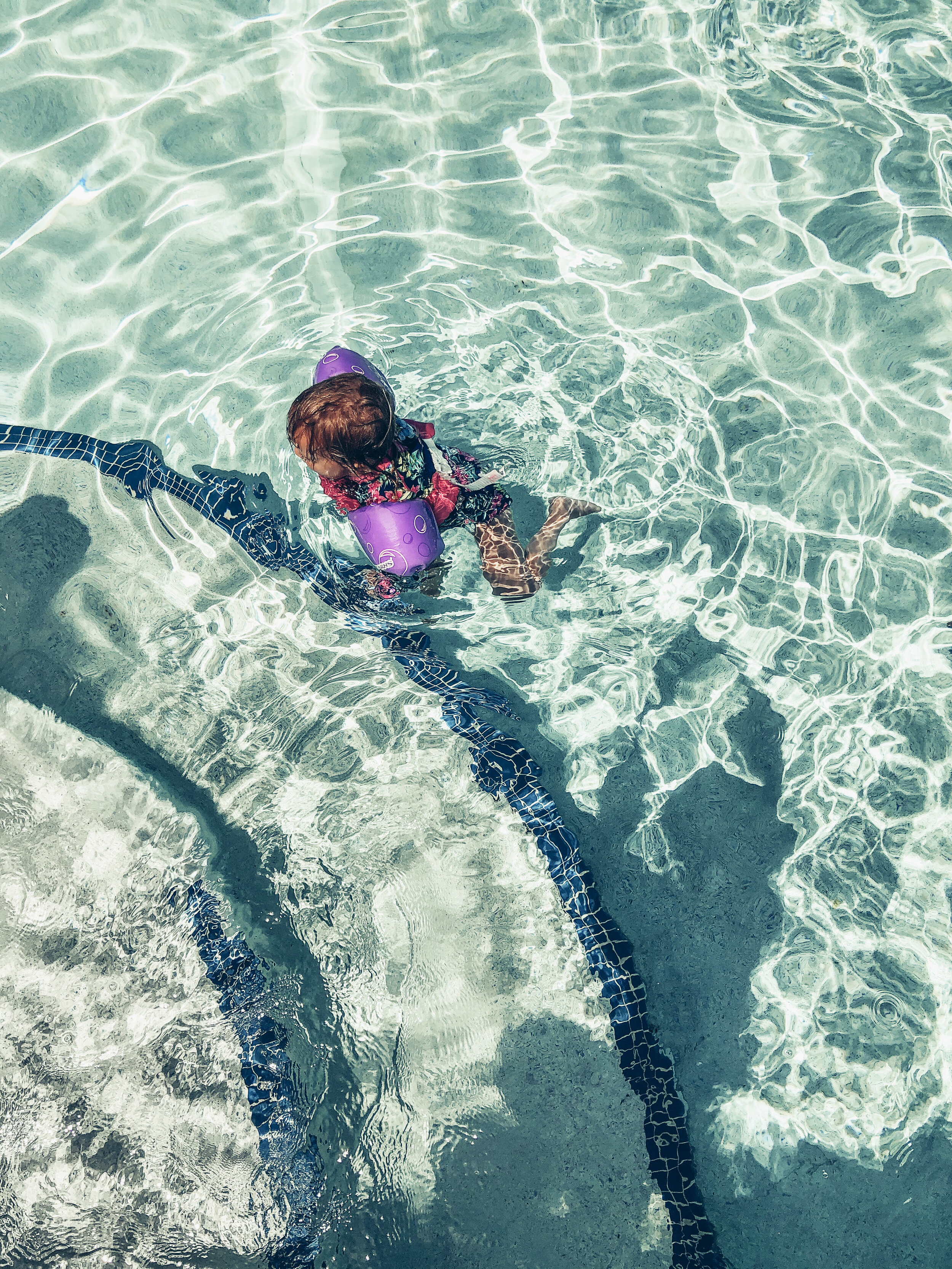A few weeks ago, I received a note from a reader asking for help avoiding plastic. (S)he wrote:
“I’m so interested in reducing waste but struggle with plastic as it seems to be part of every food item not bought in bulk! Please help!”
The struggle is real.
As much as this might sound defeatist: I’ve completely given up being “zero waste.” It’s just not possible. Instead, I’m focusing my efforts on the ways my family can have the greatest environmental impact in terms of greenhouse gas emissions.
That does not mean I am blasé about tangible waste! Just today I went out to lunch at a new restaurant that’s touting itself as sustainable but was serving in-house diners on disposable plates. I voiced my concerns to the staff about this. I had my own forks in my bag so I didn’t have to use their disposable ones.
We have to be realistic about what we can do. We have to operate within the system we find ourselves even as we work to change it. With that in mind, here are eight tips for reducing your environmental impact around eating, both at home and from restaurants:
one // Buy in large quantities. The original “bulk.” Even though I can’t fill with my jars at my local grocery store anymore, I try to reduce packaging but buying the same size bags that grocery uses in their bulk section. Costco is great for this, as is Walmart. Local suppliers can be found too; depending on your region. Always buy the biggest bag you can when it’s a product that will keep.
two. // Avoid animal products an other emission offenders. Eating less meat and animal products is a great way to reduce your environmental footprint. It has a much larger impact that “going zero waste.” Also consider limiting foods that are known to be bad for the environment such as palm oil.
three. // Use your voice. This is particularly relevant when it comes to eating out. So many restaurants and food suppliers have made the choice to refuse personal containers from customers and mandate the use of single-use plastics/disposables. This is of course their prerogative, and it comes from a good place (trying to keep everyone safe and healthy), but as a consumer you have the right to voice your opinion and point out that the risk of surface transmission of coronavirus is not eliminated by using more plastic products. And you can always choose not to visit an establishment!
three // Make it yourself. We can’t make everything ourselves, but if you think about what foods you consume most often, maybe you can make some of them. I’m making less things myself because we’re currently doing a kitchen renovation, but thanks to a friend’s bread maker, I’m still making my own bread. This saves me so many plastic bags per week! Do what you can.
four // Avoid food waste. Food waste is a significant source of emissions, especially if they’re not composted. Try to make the amount of food your family will consume, and remember that most things freeze well. If you have unopened goods you know you won’t use, consider sharing them with neighbors or a food pantry nearby.
five. // Compost! Composting is the #1 thing I suggest to people looking to decrease their environmental footprint. There are more and more easy ways to compost in Denver, and perhaps in your city too! We have the municipal pick up, as well as several private companies who offer service to apartment dwellers and local businesses. A backyard bin or a vermicompost is always a good option too! Here’s an excellent guide to composting at home.
six. // Support “good” companies. Research the companies you’re supporting. Look beyond the advertising on the packaging to see what their corporate sustainability practices are. Do they do any work to help the environment? Wind energy? Regenerative farming? Carbon neutral? A company’s website is usually a good indication of what they’re committed to: look for details and not just vague statements. And being a certified B Corp is always a plus.
seven. // Resist “kid-friendly” or convenience foods. Convenience foods are the main plastic packaging culprit. Companies try to make their products more convenient for consumers and this typically means putting things in individual packages. Likewise, there tends to be a pervasive culture that suggests kids “have” to eat certain foods: juice boxes, cheese sticks, Z bars, etc. But truly, they don’t. Cut up some cheese. Pour them a glass of juice from a large bottle. I’m not saying you can’t give your kids some treats from time to time, but if you’re willing to do just a little more work in the kitchen, you can save yourself a lot of plastic and money!
eight. // Eat local. By buying local products, you cut down significantly on the shipping emissions related to a product. Visit farmers’ markets, sign up for a CSA, grow your own food. Reducing the semi trucks on the roads delivering food can have a huge impact.
What suggestions do you have ? There are so many other things we can do; but don’t forget to use your voice to advocate for more systemic change! The burden cannot and should not be placed entirely on the shoulders of individuals.






























